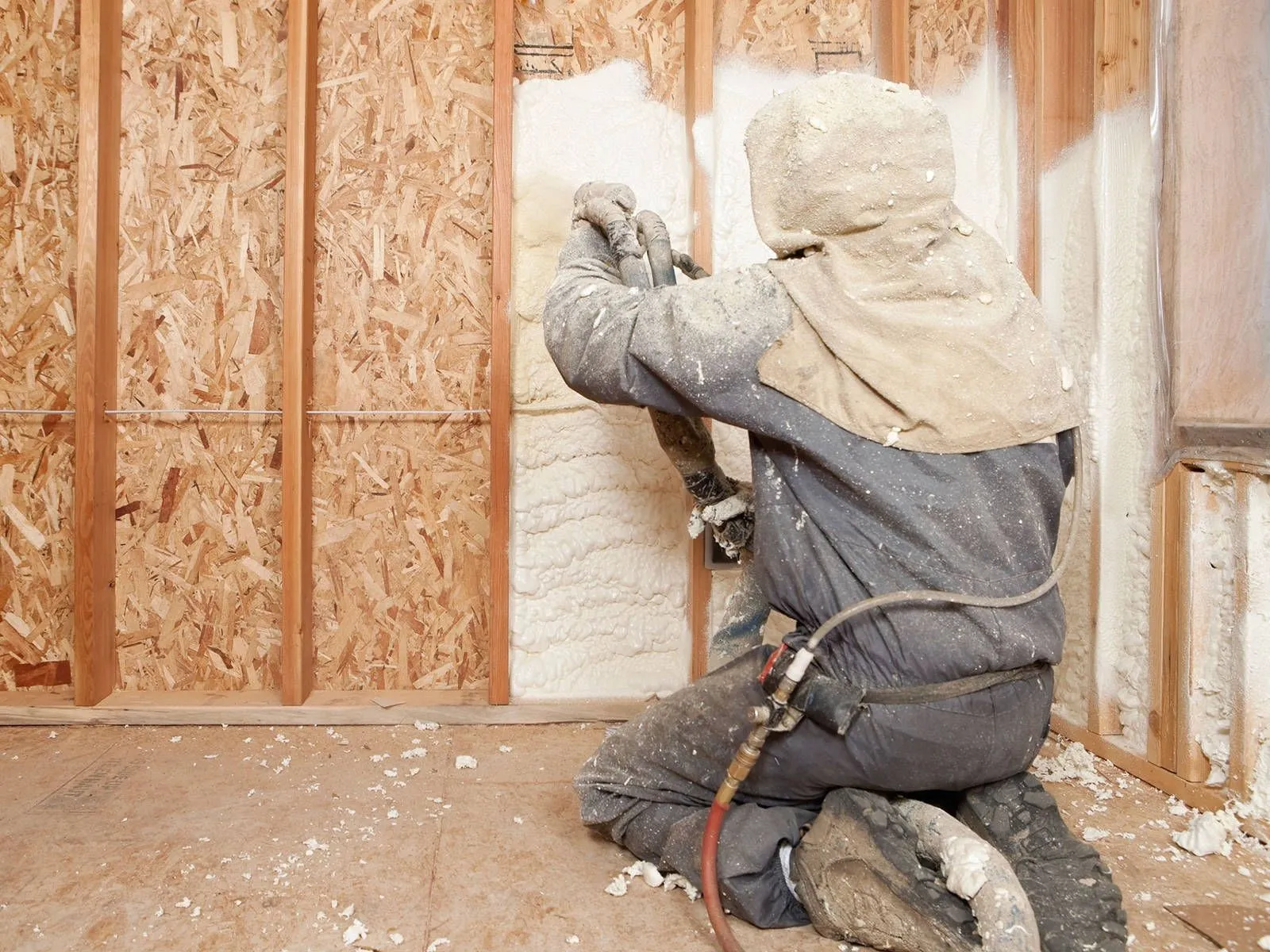
Sustainable building practices are becoming a priority across the construction industry. Developers, architects, and homeowners are looking for ways to minimize environmental impact while maximizing energy efficiency. Regulatory policies and green certifications continue to drive these trends, making advanced insulation solutions more relevant than ever.
Spray foam insulation is playing a significant role in meeting sustainability goals. Its ability to reduce energy loss, enhance structural integrity, and lower carbon footprints aligns well with modern building standards. As new technologies emerge, spray foam remains a competitive choice in green construction.
Proper insulation is one of the most effective ways to cut energy consumption in residential and commercial buildings. Heating and cooling costs often account for a substantial portion of overall energy use, making insulation a key component in reducing environmental impact.
Spray foam insulation provides a higher R-value per inch than traditional insulation materials like fiberglass or cellulose. This means it offers better thermal resistance, keeping indoor spaces comfortable while reducing the need for excessive heating and cooling.
Additionally, spray foam expands upon application, sealing gaps and cracks that might otherwise lead to air leakage. This airtight seal enhances indoor air quality and prevents moisture-related issues such as mold growth.
Manufacturers are refining spray foam formulations to incorporate more sustainable raw materials. Some versions now include bio-based or recycled components, reducing reliance on petroleum-based chemicals. Advances in blowing agents have also led to reduced greenhouse gas emissions, making newer spray foam products more environmentally friendly.
Compared to traditional insulation, spray foam has a longer lifespan, reducing the need for replacement over time. This durability means fewer materials end up in landfills, contributing to a more sustainable building cycle.
By creating an airtight barrier, spray foam insulation helps keep out allergens, pollutants, and outdoor contaminants. This can improve indoor air quality, particularly for individuals with respiratory conditions.
Traditional insulation can absorb moisture, leading to mold and mildew growth. Spray foam’s moisture resistance reduces this risk, promoting healthier indoor environments and preventing costly repairs due to water damage.
While the upfront cost of spray foam insulation is higher than other materials, its long-term benefits often outweigh the initial expense. Energy savings from improved insulation performance lead to lower utility bills, making it a cost-effective solution over time.
Many governments and organizations offer tax incentives, rebates, or certification credits for using energy-efficient materials like spray foam insulation. Builders and homeowners can benefit financially while contributing to sustainability goals.
Net-zero energy buildings produce as much energy as they consume. High-performance insulation is a key factor in achieving this balance. Spray foam’s superior thermal performance helps reduce energy demand, making it an ideal choice for net-zero projects.
Passive House design focuses on extreme energy efficiency. Spray foam insulation contributes to meeting the airtightness and insulation requirements needed for Passive House certification, ensuring lower energy consumption and enhanced comfort.
Closed-cell spray foam adds rigidity to walls and roofs, improving overall structural strength. This can be particularly beneficial in areas prone to severe weather, where enhanced durability is essential.
Spray foam’s soundproofing properties make it an excellent option for buildings in noisy environments. By reducing airborne and impact noise, it contributes to a quieter, more comfortable living or working space.
As green building trends continue to evolve, insulation remains a fundamental component of energy-efficient design. Spray foam insulation aligns with sustainability goals by reducing energy waste, improving indoor air quality, and enhancing structural performance. Whether used in residential, commercial, or industrial applications, it offers long-term benefits that contribute to a greener future.
For expert advice on incorporating spray foam insulation into your next project, contact Premier Insulation Plus at (850) 600-4402 or email [email protected]. Our team can help you choose the best insulation solutions to meet your energy efficiency and sustainability needs.
The cost varies based on factors such as the size of the area, the type of spray foam used, and installation complexity. On average, prices range from $1.50 to $4 per square foot.
Yes, once fully cured, spray foam insulation is safe. It does not release harmful chemicals or allergens, making it a suitable choice for residential and commercial applications.
Spray foam insulation can last for several decades without losing its effectiveness. Unlike traditional insulation materials, it does not sag or settle over time.
Many energy efficiency programs offer rebates or tax credits for spray foam insulation. Check with local government agencies or energy providers for available incentives.
Yes, spray foam can be retrofitted into existing structures. It is often used in attic spaces, crawl spaces, and wall cavities to improve insulation without major renovations.
Unlike fiberglass insulation, spray foam does not provide a nesting material for rodents or insects, making it a more pest-resistant option.
Professional installation is recommended to ensure proper application and safety. DIY kits are available, but incorrect installation can lead to performance issues and increased costs in the long run.
Open-cell spray foam is softer, less dense, and more affordable, while closed-cell spray foam is denser, provides higher insulation values, and offers added structural support.
Yes, spray foam has soundproofing properties that help reduce airborne noise, making it a good choice for homes, offices, and industrial spaces.
Newer spray foam formulations use eco-friendly materials and low-global-warming-potential blowing agents, reducing their environmental impact compared to older versions.